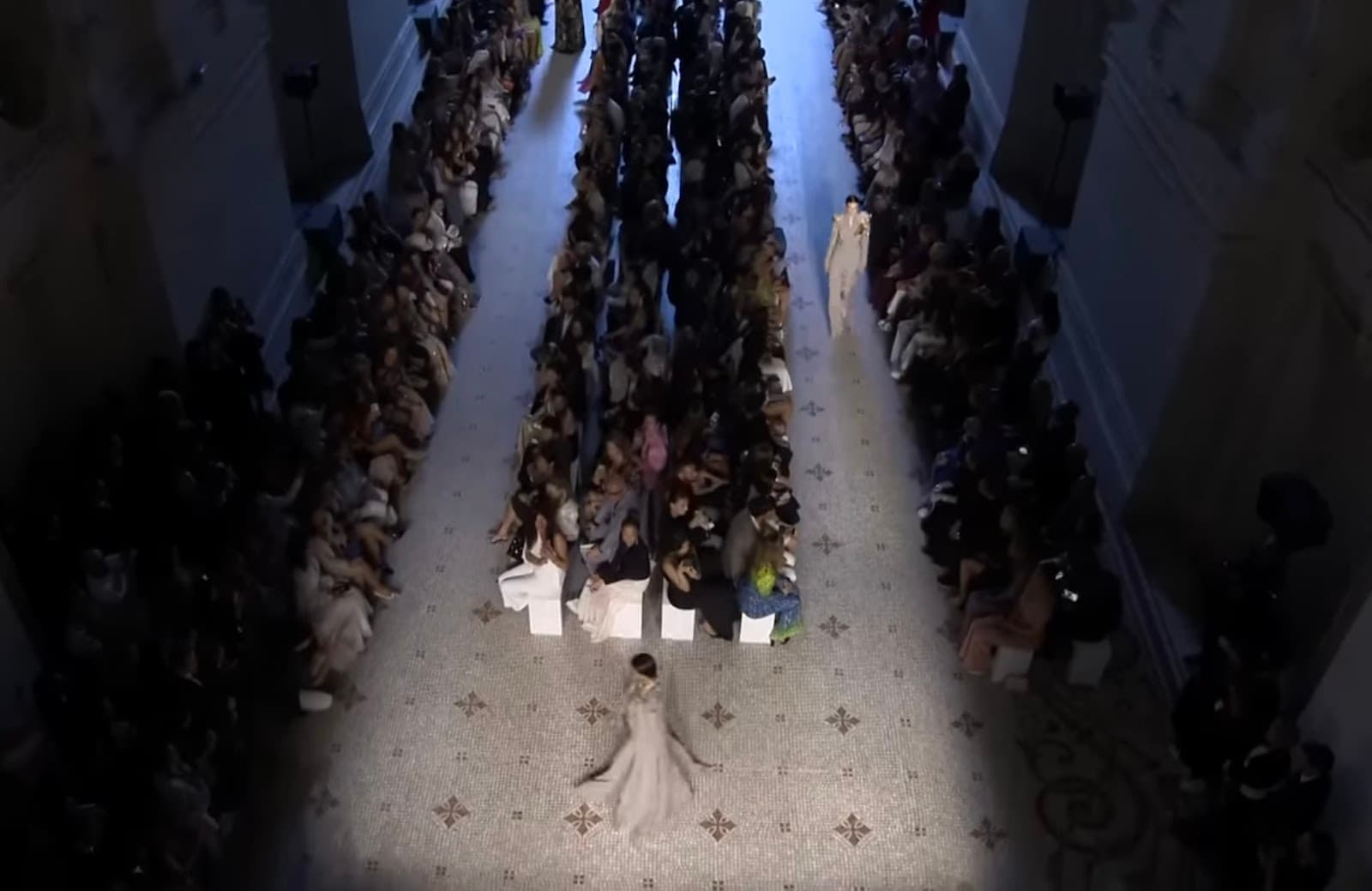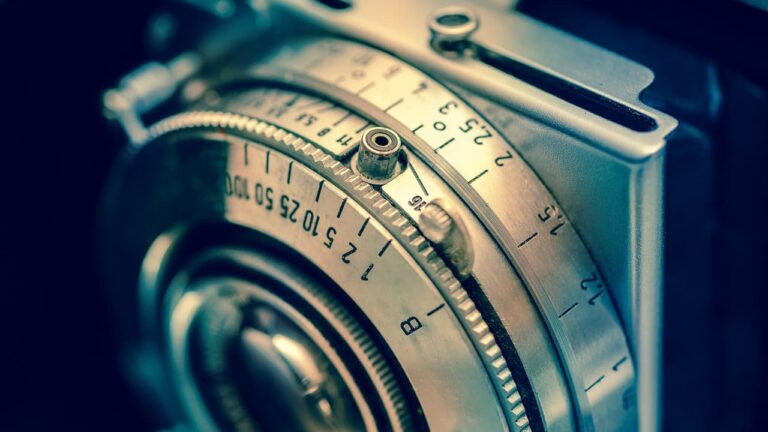In the heart of Paris, the pinnacle of fashion unfolds biannually in an event of unparalleled opulence: haute couture. Recognized as the zenith of fashion artistry, this year’s Haute Couture will run from January 23-26. The acclaimed Schiaparelli will initiate the week-long spectacle, followed by 30 esteemed Maisons, as reported by the Federation of Haute Couture and Fashion, the event’s coordinator. In light of this, it is compelling to delve deeper into the intricate world of haute couture, shedding light on its mechanisms and indispensable role in the fashion world.
The Essence of Haute Couture
Originating from the romantic streets of Paris, the term “Haute Couture” has become emblematic of luxury, exclusivity, and unparalleled artistry in the fashion world. It harks back to an era when clothing was not just about adornment but a testament to one’s individuality and stature. The painstaking effort that goes into each piece is reminiscent of old-world charm, where artisans dedicated their lives to perfecting their craft. Every thread chosen, every bead sewn, and every silhouette crafted speaks volumes about the dedication involved. The exclusivity is further highlighted in the showrooms, where clients, ranging from royalty to modern-day celebrities, walk through opulent aisles, touching and feeling the fabric, visualizing how it might drape their frame. This intimate process of selecting and customizing one’s attire stands in stark contrast to the impersonal experience of off-the-rack shopping. It’s not just about choosing a dress; it’s about creating an extension of oneself. The very act of specifying a fabric’s weight based on one’s geographic location or personal comfort demonstrates the depth of personalization haute couture offers. In a world where mass production often takes precedence, haute couture remains a beacon of personalized luxury and craftsmanship.
The Artistry Behind Haute Couture Garments
The creation of haute couture garments is entrusted to the crème de la crème of the industry’s craftsmen. These creations are the epitome of luxury in fashion. Beyond their exorbitant prices, some of which easily surpass $100,000, these garments require months of dedication. For instance, a single Giambattista Valli couture gown necessitates roughly 240 hours and a staggering 6,000 meters of fabric.
The Exclusivity of “Haute Couture”
Not many are aware that the label “Haute Couture” is safeguarded by legal constraints. Only brands sanctioned by the French Ministry of Industry can flaunt this prestigious title. Regardless of the allure or richness of a brand’s offerings, unauthorized use of the title is prohibited. But what does it take to join this coveted assembly of couturiers?
The Elite Circle of Couture Houses
To be counted among the elite couture houses, one must satisfy rigorous criteria laid down by the Chambre Syndicale de la Haute Couture. These include maintaining a Parisian atelier with a minimum of 20 technical experts, providing bespoke garments for clients with multiple fittings, and employing an atelier with no less than 15 full-time professionals.
- Furthermore, these houses must present a minimum of 50 novel designs, encompassing both day and evening wear, biannually in January and July. Recognized fashion houses benefit from various resources spanning strategy, marketing, culture, and more.
- The inception of haute couture can be traced back to Charles Frederick Worth (1825–1895), its pioneering forefather. Historically, couturiers showcased their designs live to clients. Noteworthy houses like Chanel, Dior, and Yves Saint Laurent persist today, now helmed by contemporary designers. Though custom attire is no longer their primary revenue source, haute couture fortifies their brand image, paving the way for lucrative ventures in accessories and perfumes.
- Yearly, grand exhibitions celebrate haute couture at iconic venues worldwide. These are not mere clothing displays but immersive, luxury experiences. A memorable instance is Fendi’s showcase at Rome’s Fontana di Trevi.
An example from a recent Dior event saw the collaboration with French artist Eva Jospin, producing an awe-inspiring 350-meter hand-embroidered wall display, crafted over three months.
To wrap up
In conclusion, haute couture is not just about fashion; it’s an art form, a testament to craftsmanship, dedication, and the passionate pursuit of perfection. Every stitch and drape tells a story of tradition intertwined with innovation, a dance between the past’s grandeur and the future’s vision. The biannual rendezvous in Paris is not merely a showcase but a celebration of this delicate balance. The stringent criteria for being recognized as a couture house underlines the exclusivity and commitment required in this realm. These houses don’t just sell clothes; they sell dreams, history, and a legacy crafted over hours of meticulous labor. Moreover, while many contemporary brands command attention in the global market, the value of haute couture goes beyond fleeting trends. It’s about preserving a heritage, a culture of precision, and an ethos of luxury. The transition of historic houses like Chanel and Dior from primarily custom-made clothing to a broader luxury market spectrum showcases the adaptability and resilience of haute couture in an ever-evolving fashion landscape. Events like the Fendi showcase or Dior’s artistic collaboration emphasize that the essence of haute couture extends beyond the garment—it’s about creating an unforgettable experience, a moment in time that lingers long after the show concludes. As the curtains fall on another haute couture season in Paris, the world is reminded of the timeless allure and unmatched elegance of high fashion, an ode to artistry that will forever be in vogue.







